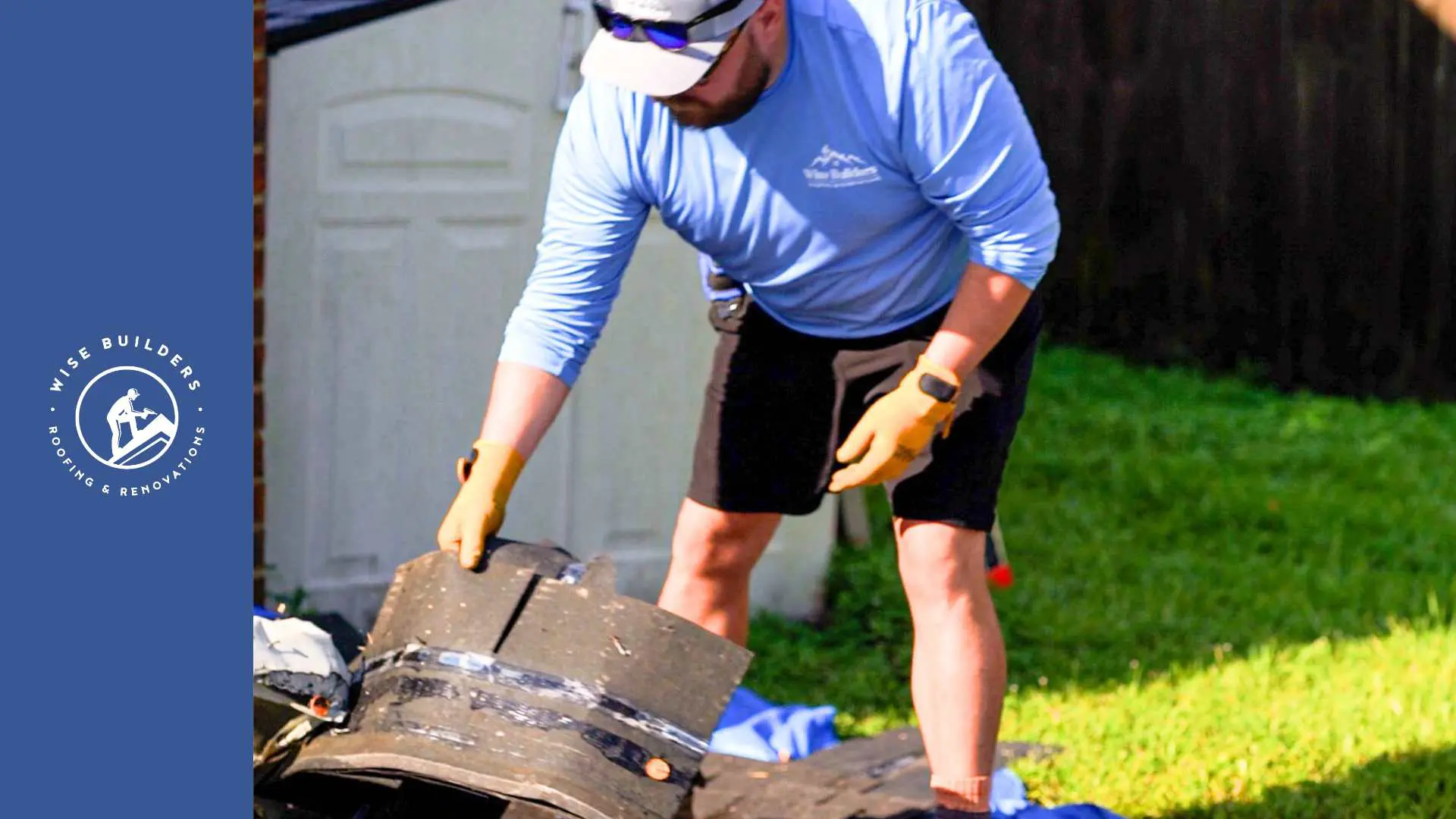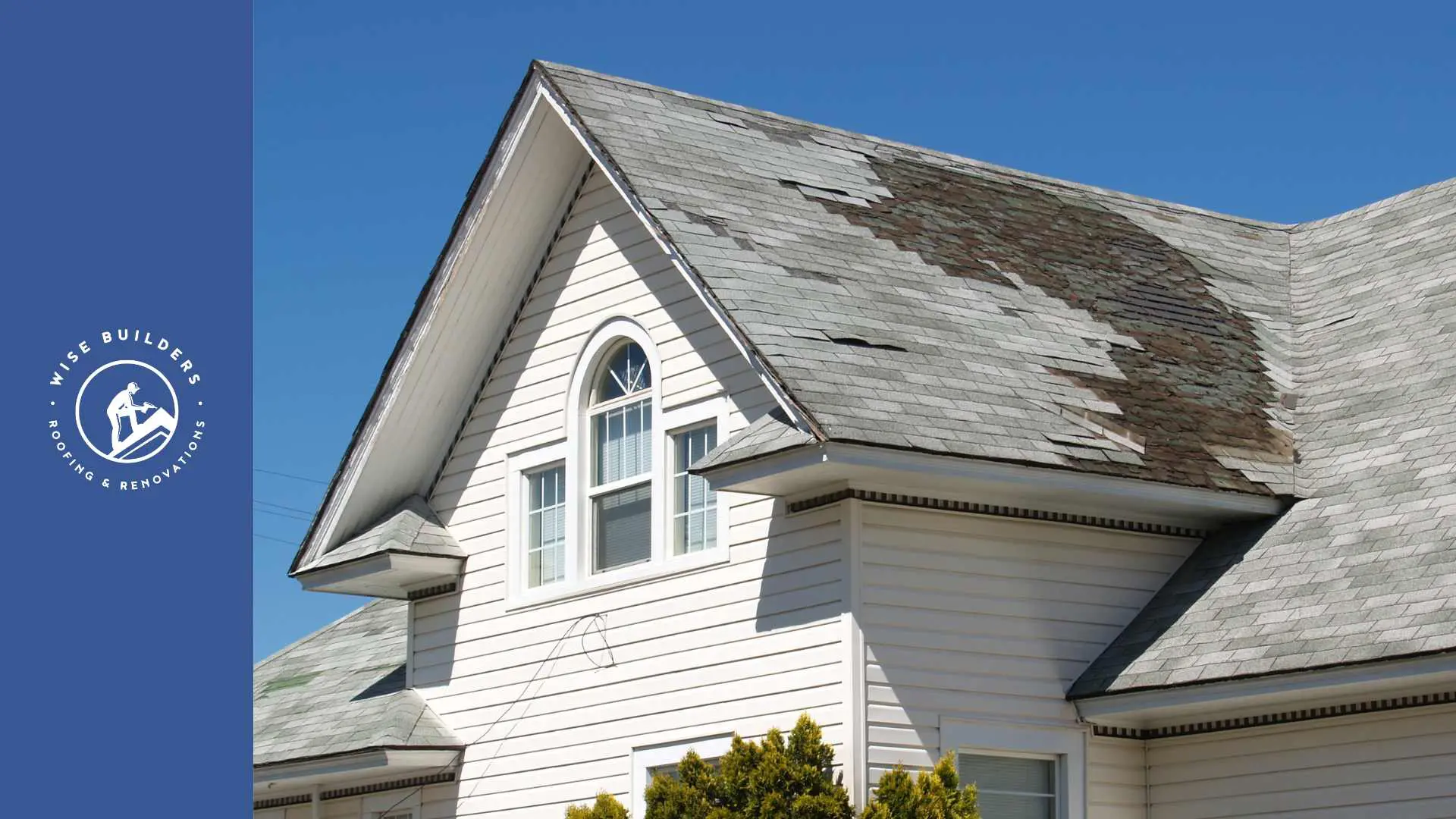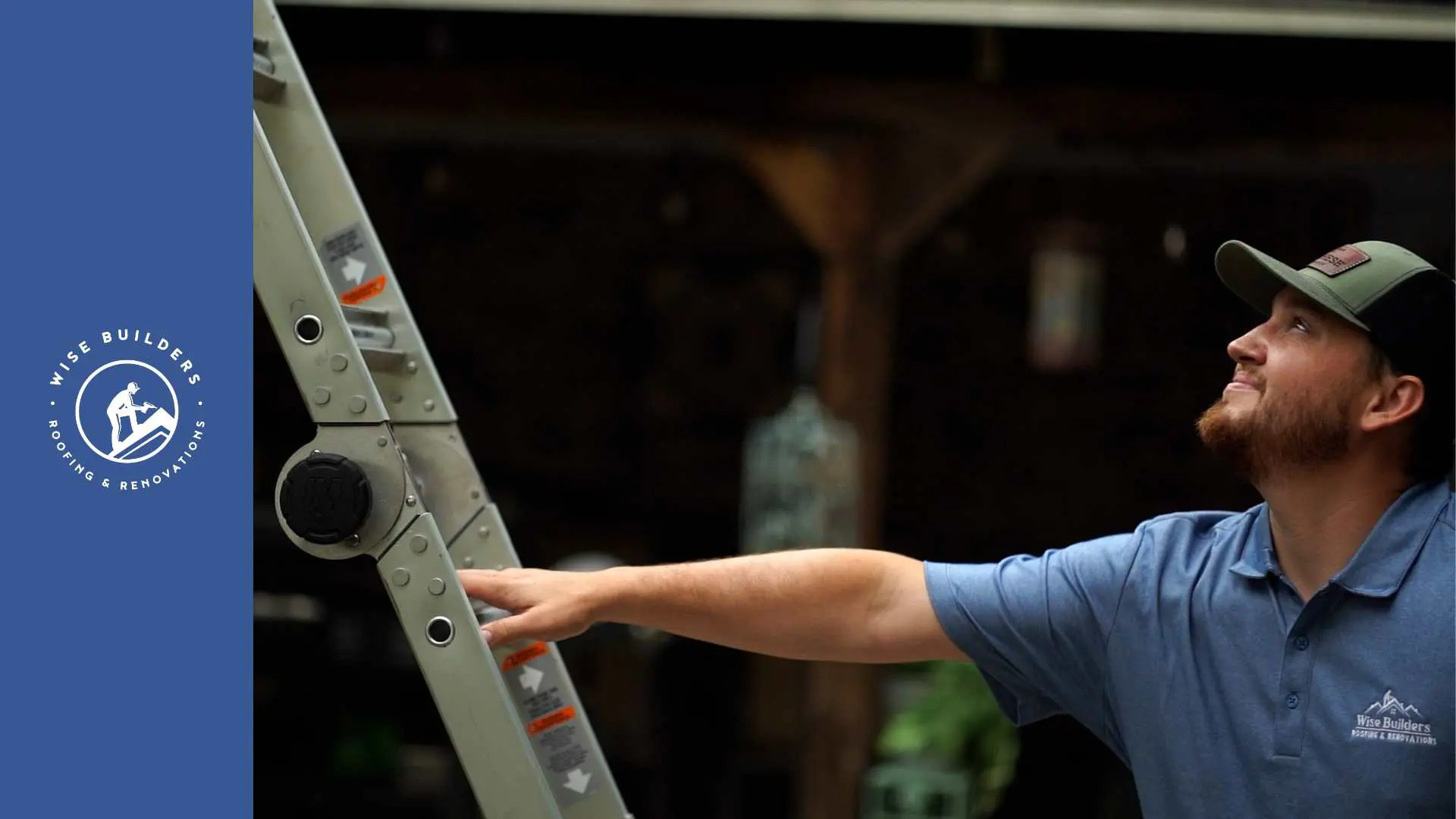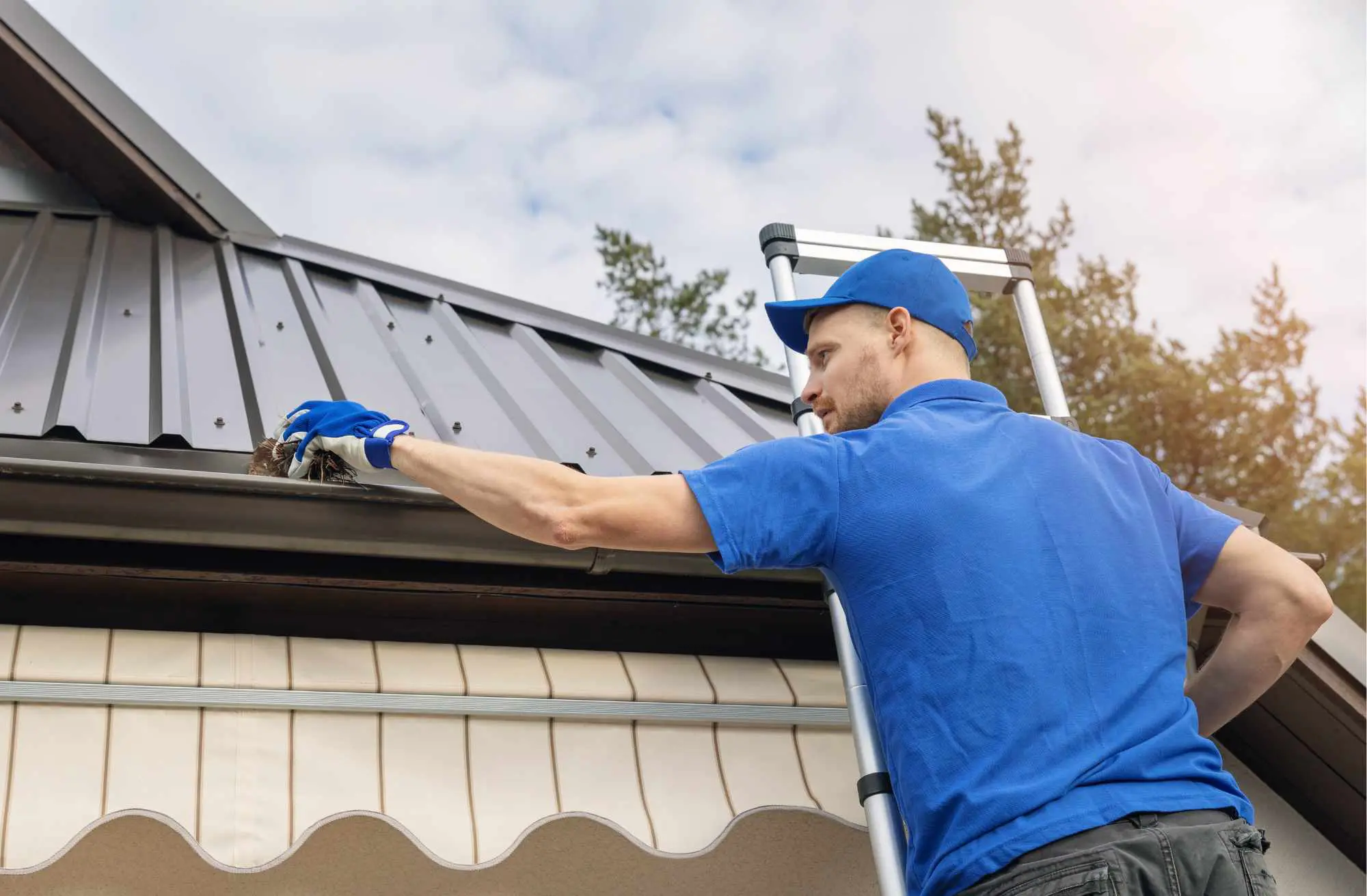
Key Highlights
- Roof underlayment is a crucial component of any roofing system, providing a protective barrier against moisture, wind, and other external elements.
- Understanding the differences between synthetic and felt underlayment is essential for homeowners aiming for a long-lasting and durable roof.
- This blog post explores the pros and cons of each option, considering factors like durability, longevity, cost, and installation.
- By weighing these factors and seeking expert advice, homeowners can make informed decisions tailored to their specific roofing requirements.
- Remember, selecting the right underlayment ensures a robust and reliable roofing system for years to come.
Introduction
In the realm of roofing, the significance of a robust and reliable roofing system cannot be overstated. Among its many components, roof underlayment often takes center stage, acting as a protective shield against the elements. From traditional felt to modern synthetic options, understanding the different types of roof underlayment is vital for homeowners seeking to fortify their homes against the test of time and weather.
Understanding Roof Underlayment: Basics and Importance
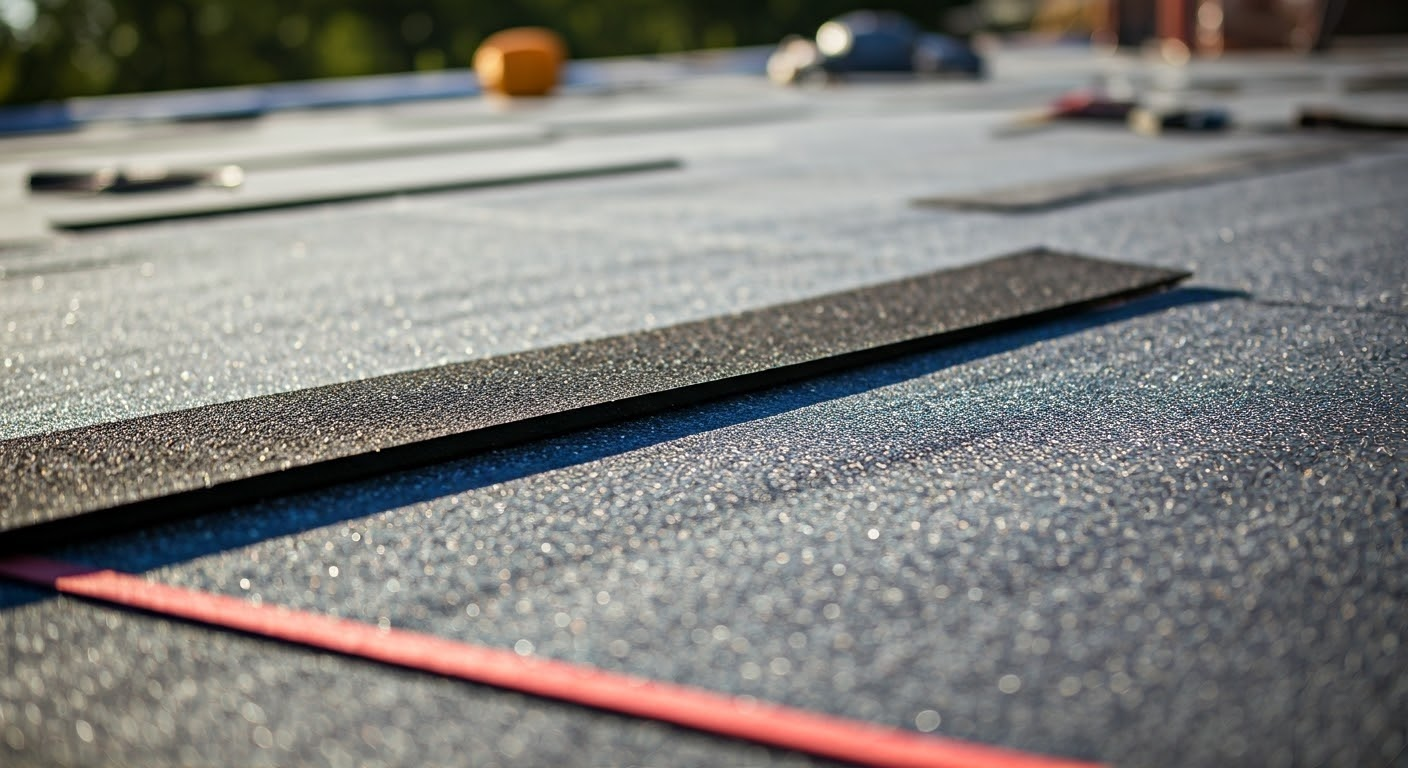
Roof underlayment, also known as roofing felt, is essentially an additional layer of protection installed between the roof deck – often made of plywood or oriented strand board (OSB) – and the outermost roofing material, which could be shingles, tiles, or metal panels. Imagine it as a safety net for your home, working diligently to prevent leaks and shield the structure from potential water damage.
Regardless of the specific material used, whether waterproof or water-resistant, underlayment serves as the first line of defense against the elements. It’s like the unsung hero of your roofing system, quietly but effectively protecting your home from the relentless forces of nature.
Definition and Functions of Roof Underlayment
Roof underlayment is a crucial component of any roofing system, providing a vital layer of protection against the elements. Serving as a barrier between the roof deck and the roofing material, underlayment safeguards your home from leaks, moisture, and other weather-related damage, including storm damage.
Essentially, it acts as a secondary defense mechanism, ensuring that even if water penetrates the outer roofing layer, it doesn’t reach the structure of your house. Think of it as a protective shield, adding an extra level of security and peace of mind.
Moreover, roof underlayment contributes to the overall longevity and structural integrity of your roof. and attic. It helps prevent the growth of mold and mildew by providing a moisture barrier and enhances the fire resistance of your roof.
Why Quality Underlayment Matters for Roofing
Investing in a high-quality roof underlayment is paramount to ensuring the overall integrity and longevity of your roofing system. In the roofing industry, where advancements are constant, recognizing that the underlayment is not a place to cut corners is crucial.
A superior roof underlayment acts as a shield against the elements, providing better protection against leaks, moisture damage, and the growth of mold and mildew. It enhances the structural stability of your roof, contributing to a safe and comfortable living environment for you and your family.
Further, a quality underlayment can also improve the energy efficiency of your home. A robust moisture barrier can help regulate temperature, leading to potential savings on your energy bills.
Exploring Felt Underlayment
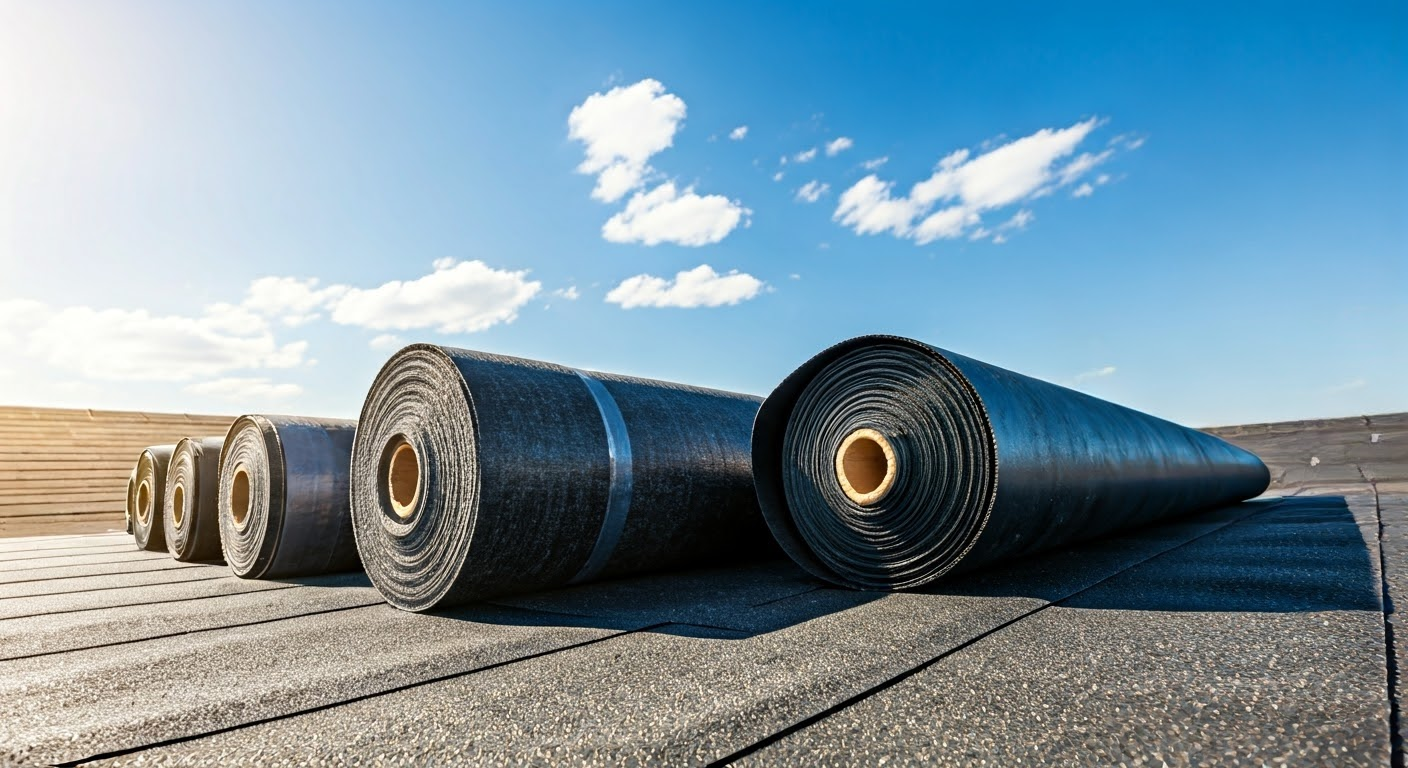
Felt underlayment, a long-standing player in the roofing industry, has been the traditional choice for decades. This type of underlayment consists of a base layer, usually made from organic materials or fiberglass, saturated with asphalt for water resistance.
While it may seem like an outdated option compared to its synthetic counterparts, felt underlayment continues to be a popular choice for many homeowners due to its cost-effectiveness and proven track record. However, it’s essential to consider both its strengths and limitations before making a final decision.
Benefits of Using Felt Underlayment
Felt underlayment, a cornerstone in roofing for years, continues to be a favored choice due to its affordability and ease of installation. Its widespread availability and familiarity among roofers make it a convenient option in various situations.
The permeability of felt underlayment allows it to breathe, which can be particularly beneficial in areas with high humidity. This breathability helps prevent the buildup of condensation, reducing the risk of moisture infiltration and subsequent damage to the roof deck.
Additionally, felt underlayment is compatible with various roofing materials, including asphalt shingles, tile roofs, and metal roofing systems, making it a versatile option for different architectural styles and homeowner preferences.
Common Concerns with Felt Underlayment
While felt underlayment offers several advantages, it’s critical to acknowledge its limitations. One primary concern is its susceptibility to moisture infiltration, particularly over extended periods. Although asphalt saturation provides a degree of water resistance, prolonged exposure to moisture can compromise its effectiveness and necessitate future repairs.
Moreover, felt underlayment is prone to tearing, especially during installation or under harsh weather conditions. Its delicate nature necessitates careful handling, and any damage during the installation process can impact its ability to protect your roof effectively.
Furthermore, compared to its synthetic counterparts, felt underlayment has a shorter lifespan, requiring replacement sooner. This can result in added expenses in the long run, impacting the overall cost-effectiveness of your roofing system. Considering these drawbacks is crucial before deciding on your underlayment.
The Advantages of Synthetic Underlayment
Synthetic underlayment has emerged as a game-changer in the roofing industry, offering advanced protection and durability surpassing traditional felt options. Made from durable polymers such as polyethylene or polypropylene, synthetic underlayment presents a compelling case for homeowners seeking superior performance and longevity.
Its lightweight nature makes installation easier, while its exceptional tear resistance ensures long-lasting performance, even under challenging weather conditions.
Key Features that Set Synthetic Apart
What truly sets synthetic underlayment apart is its remarkable array of features, designed to provide unmatched protection for your home. One of the most notable advantages is its superior water resistance. Unlike felt, which can absorb moisture, synthetic underlayment creates an impermeable barrier, keeping your roof deck dry and protected from potential leaks.
Additionally, synthetic underlayment offers better traction than its felt counterpart. This proves particularly beneficial during installation, providing roofers with a safer and more stable work surface. The non-slip surface minimizes the risk of accidents and ensures a smooth and efficient installation process.
Another key feature is its resistance to mold and mildew growth. Synthetic materials inherently inhibit the growth of these damaging microorganisms, providing an additional layer of protection for your home and contributing to a healthier living environment.
Longevity and Durability Factors
When it comes to longevity and durability, synthetic underlayment outshines traditional felt. Engineered using durable polymers, synthetic underlayment demonstrates remarkable resilience against tearing, punctures, and the wear and tear of harsh weather conditions. This inherent strength translates into a longer lifespan, offering homeowners extended protection and peace of mind.
Furthermore, it boasts impressive resistance to UV degradation, a common issue with felt underlayment. This means that even under intense sunlight, synthetic underlayment maintains its integrity and continues to safeguard your home for years to come, minimizing the need for frequent replacements.
For homeowners seeking a reliable, long-term solution for their roofing needs, synthetic underlayment presents an excellent investment. Its durability ensures that your roof remains protected for years, reducing the likelihood of costly repairs and ensuring the structural integrity of your most valuable asset.
Conclusion
In conclusion, it is clear that choosing the right type of underlayment for your roof is essential for its overall durability and longevity. By considering factors such as material quality, installation process, and long-term performance, you can make an informed decision that will benefit your roof in the long run. Remember, investing in high-quality underlayment is not a luxury but a necessity for a well-protected and efficient roofing system.
At Wise Builders, We ensure our clients receive the best possible outcomes. Our commitment to quality workmanship and customer satisfaction is unwavering, making us the top choice for residential Roofing services in our community.
Frequently Asked Questions
How do I choose between synthetic and felt underlayment based on weather conditions?
In regions with harsh weather conditions such as heavy rainfall, strong winds, or extreme temperatures, synthetic underlayment is the optimal choice. Its superior water resistance, tear resistance, and overall durability offer better protection for your roof in challenging climates.

